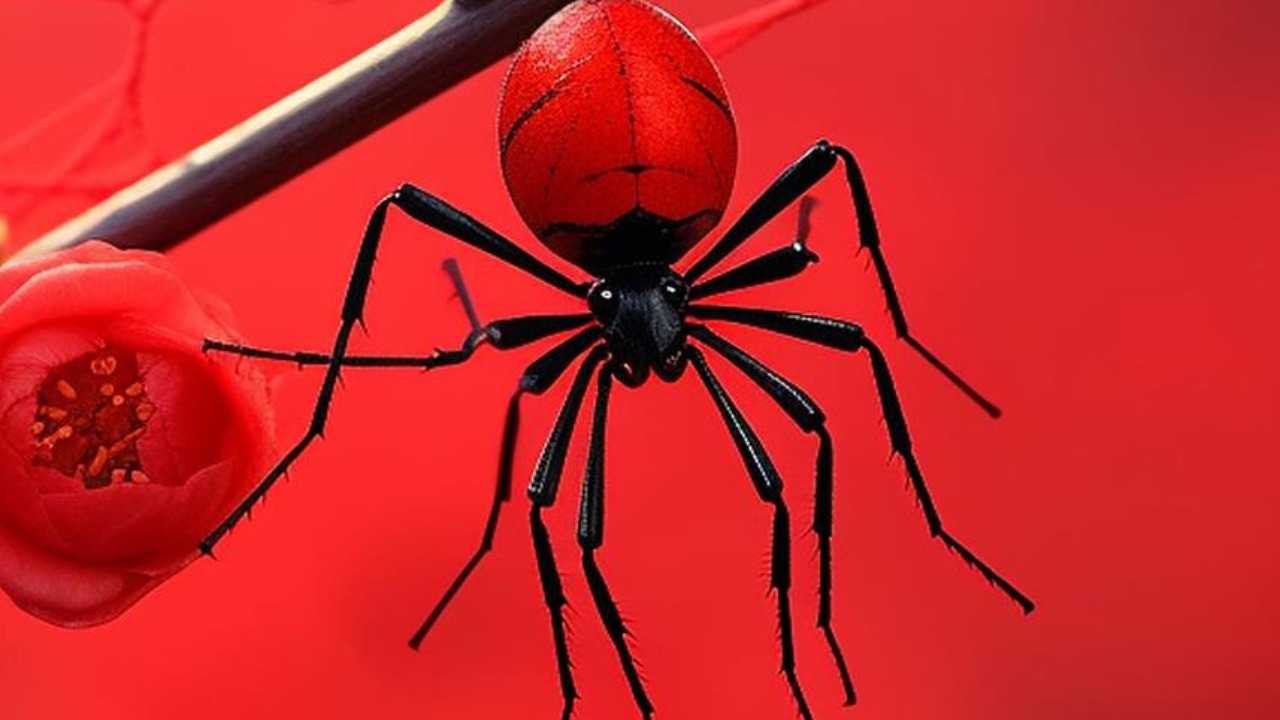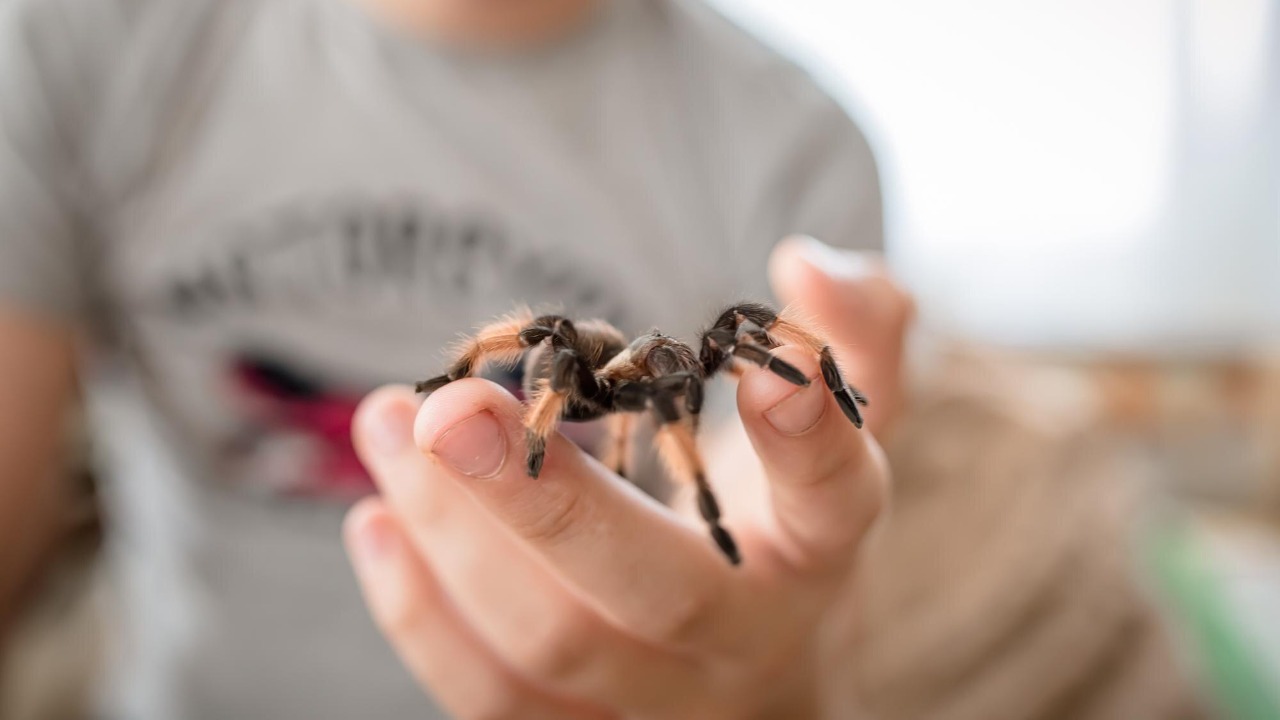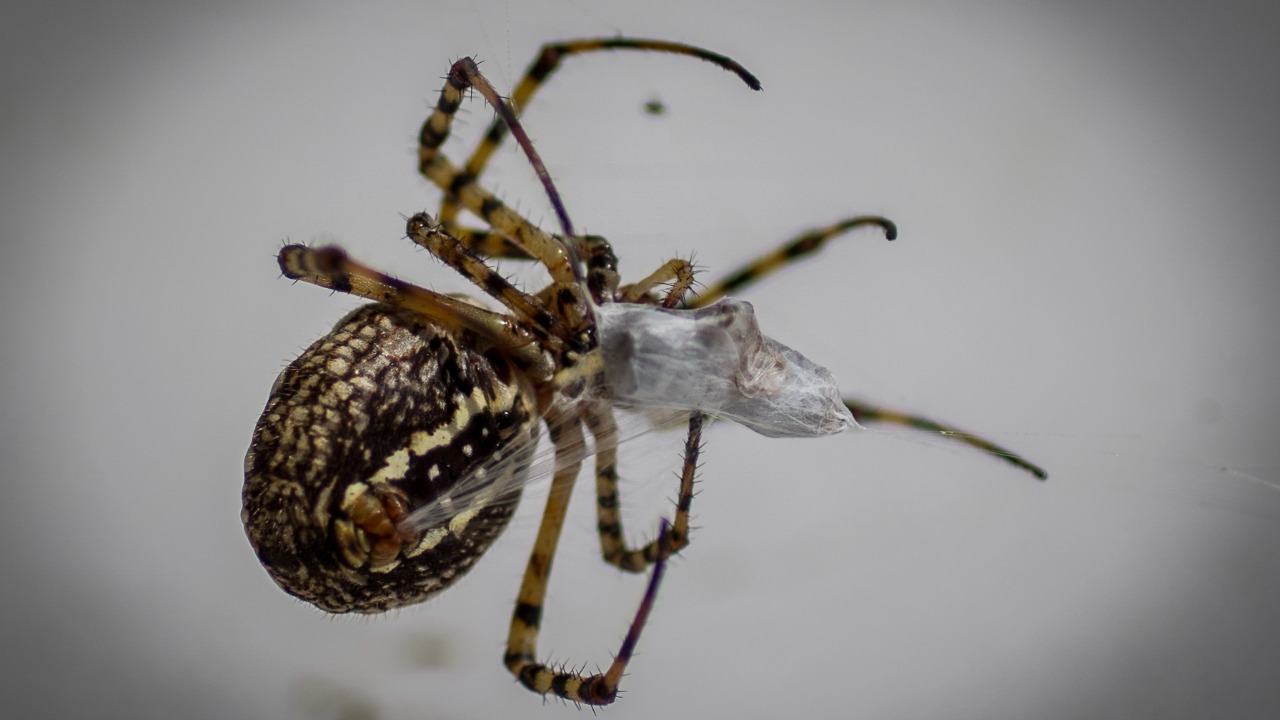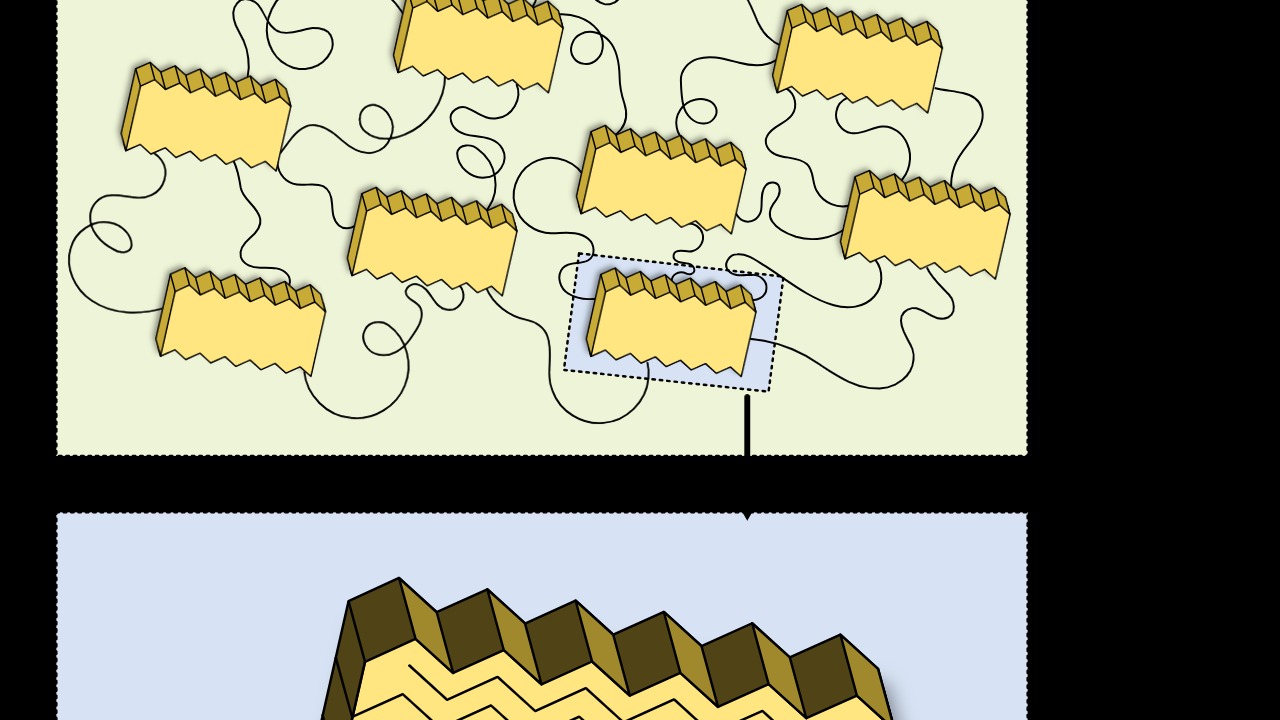
Scientists have achieved a groundbreaking feat by using CRISPR technology to genetically modify spiders to produce red fluorescent silk. This innovative development not only showcases the potential of gene editing but also opens up new possibilities for various applications of spider silk.
The Science Behind CRISPR and Gene Editing

CRISPR technology has revolutionized the world of genetic manipulation, offering unprecedented precision in altering DNA sequences. This tool, which stands for Clustered Regularly Interspaced Short Palindromic Repeats, allows scientists to cut and modify specific genes, paving the way for advancements in medical research, agriculture, and now, the production of spider silk. Over the years, CRISPR has been instrumental in achieving breakthroughs such as the development of disease-resistant crops and potential cures for genetic disorders.
Despite its promising applications, CRISPR gene editing is not without controversy. Ethical considerations have been at the forefront of debates, particularly concerning the potential for unintended consequences and the moral implications of altering the genetic makeup of living organisms. As with any powerful technology, responsible use and regulation are paramount to ensuring that the benefits outweigh the risks.
The Process of Gene Editing in Spiders

Applying CRISPR to spiders to alter their silk production involves a meticulous process. Scientists carefully target and modify the genes responsible for silk production, integrating a red fluorescent protein to change the color. This undertaking is complex, as spiders are notoriously challenging to work with due to their delicate nature and unique biological makeup.
One of the primary challenges faced by researchers was achieving a high success rate in gene editing spiders. Unlike model organisms such as mice or fruit flies, spiders have not been extensively studied in genetic research, making the process more arduous. Nevertheless, the successful production of red fluorescent silk demonstrates the efficacy of CRISPR in pushing the boundaries of what is possible in genetic engineering.
The Unique Properties of Red Fluorescent Silk

The red fluorescent silk produced by gene-edited spiders boasts remarkable structural and chemical properties. Not only does it retain the renowned strength and elasticity of natural spider silk, but it also exhibits a striking red hue under UV light, thanks to the incorporation of fluorescent proteins. This combination of attributes makes it a valuable material for various applications.
When compared to natural spider silk, the red variant’s fluorescent properties offer additional advantages. For instance, in research settings, the fluorescence can serve as a visual marker, facilitating the study of silk’s mechanical properties and behavior in different environments. Moreover, its unique characteristics could pave the way for innovative uses in industrial applications.
Potential Applications of Genetically Modified Spider Silk

The potential applications of genetically modified spider silk are vast and varied. In the biomedical field, its strength and biocompatibility make it an ideal candidate for sutures and wound dressings. The added benefit of fluorescence could enhance visualization during surgical procedures, improving outcomes for patients.
Beyond the medical realm, spider silk holds promise in the textile industry. Its natural durability and sustainability offer a compelling alternative to synthetic fibers, aligning with growing demands for eco-friendly materials. Additionally, researchers are exploring the use of spider silk in high-tech industries, such as electronics, where its unique properties could lead to breakthroughs in device manufacturing.
Future Research and Implications

Ongoing research efforts are focused on further enhancing the properties of spider silk, with studies investigating ways to improve its mechanical strength and other desirable traits. As scientists continue to refine gene-editing techniques, the potential for new and innovative applications of spider silk will only expand.
However, the introduction of genetically modified organisms into the environment raises ecological and environmental concerns. It is crucial to carefully evaluate the potential impacts and ensure that such innovations do not disrupt natural ecosystems. Despite these challenges, the future of genetically modified spider silk is promising, with the potential to transform industries and improve societal well-being.
In conclusion, the successful use of CRISPR to produce red fluorescent silk in spiders marks a significant milestone in the field of genetic engineering. This breakthrough not only highlights the power of modern science but also sets the stage for a future where the boundaries of possibility continue to expand. As we look ahead, it is essential to consider both the opportunities and responsibilities that come with such advancements.